BUTTE, Mont. – Sept. 28, 2025 – Headframe, a Butte-based craft distillery and manufacturing company, is announcing today that it has produced its 10,000th barrel of American Single Malt Whiskey. The milestone underscores Headframe’s commitment to small-batch craftsmanship and to Montana agriculture. Headframe sources 100% of its malted barley from Montana farmers and maltsters.
Headframe’s production growth hasn’t come at the cost of craftsmanship. The distillery maintains its small-batch philosophy, sources Montana snowmelt water, and even returns spent grain to local cattle operations ensuring sustainability and community impact from farm to bottle.
“Montana agriculture made these 10,000 barrels possible. Every grain of barley was grown and malted in Montana, and every batch is distilled in Montana. That makes this milestone not just ours, but all of Montana’s,” said John McKee, Owner and Founder of Headframe.
“We are so proud of Headframe Spirits and how far they’ve come. What they stand for as a whole brings a sense of pride to Butte’s culture,” said Alayna Johnson, Office Manager at Montana Craft Malt. “The history is strong in their products and the people behind the operation give the true meaning to work-hard and play-hard. The fact that Montana Craft Malt gets to be a little part in their production process brings us so much joy.”
Celebrate this milestone by enjoying Kelley American Single Malt Whiskey at your local Montana bar. Prefer to sip at home? Order online at shop.headframespirits.com or pick up a bottle directly from the Headframe Spirits Tasting Room in Butte.
Fact Sheet
● Headframe uses 50,000 pounds of 100% Montana-grown and Montana-malted barley every three days.
● Headframe grain flows through at least four Montana grain elevators: CGI Havre, Circle S Seeds, Madoc Ag, and Ag Depot
● Headframe was a founding member of the American Single Malt Whiskey Commission and spent the last 10 years helping secure federal recognition as an official whiskey of America. This is the first new whiskey approved by the Alcohol and Tobacco Tax and Trade Bureau (TTB) in over 52 years.
● Headframe produces nearly 4,000 barrels annually of American Single Malt Whiskey every year.
● Headframe is one of the largest distilleries west of the Mississippi making American Single Malt and the largest distillery exclusively using Montana Barley.
● Spent grain from production is returned to local cattle operations, supporting a sustainable agricultural loop.
About Headframe Spirits
Headframe Spirits, based in Butte, Montana, is redefining American craft distilling. Every award-winning spirit is made from 100% Montana-grown grain, with a focus on sustainability, innovation, and community impact. In addition to producing some of the nation’s leading American Single Malt Whiskeys, Headframe designs and manufactures distillation equipment for producers worldwide. From farm to bottle, Headframe celebrates quality, community, and the rich heritage of Butte.
Butte, Montana, once the Richest Hill on Earth, owes much of its storied past to the three Copper Kings, William A. Clark, Marcus Daly and F. Augustus Heinze. These industrial titans fiercely competed over copper, shaping our economic and social landscape in the late 19th and early 20th centuries.
William A. Clark: The Wealthiest Man of the Gilded Age
William Andrews Clark transitioned from gold to copper mining during Montana’s gold rush, amassing immense wealth through mining, banking and railroads. A powerful businessman and U.S. Senator, Clark’s influence extended far beyond Butte, even though his Columbia Gardens amusement park gave everyone a reason to stay. Towns like Clarkdale, Arizona and Clark County, Nevada are named after Clark and his mining efforts. Addicted to the finer things in life, he spent his last days in his New York mansion on Fifth Avenue.
Marcus Daly: The Irish Immigrant Who Built an Empire
Irish-born Marcus Daly became a key figure in Butte’s mining scene in the 1870s. Leading the Anaconda Copper Mining Company, Daly’s strategic acquisition and development of the Anaconda mine turned it into one of the world’s largest copper producers. Known for his investments in smelting facilities and improved working conditions for miners, Daly’s contributions significantly boosted Butte’s growth. Montana Tech, the local Butte college, has a statue of Marcus Daly at the entrance of their campus honoring his work that put people over profit.
F. Augustus Heinze: The FORGOTTEN COPPER KING
Fritz Augustus Heinze, a young engineer from Brooklyn, was 19 when he arrived in Butte in the late 19th century. Heinze’s innovative mining techniques and aggressive legal strategies allowed him to compete effectively with Clark and Daly. His use of the Apex Law to claim ore bodies led to numerous high-stakes courtroom battles, highlighting his relentless pursuit of success. By 1906, he too was tired of the Butte battles and left for New York where he passed in 1914.
The Battle for Butte: Competition and Consequence
The rivalry between Clark, Daly and Heinze was intense and often ruthless, spurring technological advancements and economic growth that transformed Butte into a bustling metropolis. Their ambitions and battles put Butte on the map, making it a symbol of the transformative power of industry.
Butte’s Copper Kings paved the way for those who continue to push forward. Clark, Daly and Heinze all knew that it takes raw effort, hard work and a willingness to risk it all to be a Modern Maverick of their time.
We take extra care with our Copper King Whiskey Collection, with every special barrel finish proving that it isn’t how you start, but how you finish. Hand-crafted in honor of history, Butte Mavericks get shit done.
Headframe Spirits, a distillery located in Butte, has been honored as the 2024 Montana American Single Malt Distillery of the Year. This accolade recognizes Headframe’s outstanding contributions to the American Single Malt Whiskey industry and its commitment to excellence.
“When you think of single malt whiskeys you probably think of Scotch or Japanese single malt whiskeys,” notes John McKee, owner and founder of Headframe Spirits. “Headframe would like to introduce you to American single malt whiskeys with the Kelley American Single Malt Whiskey.”
This announcement is confirmed as Headframe’s Kelley American Single Malt Distiller’s Select whiskey also received gold marks during this year’s spirits competition, scoring 95 points.
“It’s an honor to receive a gold for our Kelley Distiller’s Select,” said Blake Mueller, head distiller at Headframe Spirits. “Each Distiller’s Select barrel is hand-picked by the distilling team and sold exclusively in our Tasting Room. Not just with our tastes in mind, but with attention to the differing pallets of everyone that comes to Headframe.”
The awards, bestowed by the New York International Spirits Competition, highlight Headframe’s innovative spirit, superior production techniques and the unique flavors that distinguish its American Single Malt Whiskey.
With over +1400 spirit entries from 39 countries and 38 states across the US, Headframe notes it’s rewarding to see their spirits stack up against some nationally recognized distilleries – especially because whiskey production is a waiting game.
“We opened this distillery to make an American Single Malt,” said McKee. “At the time, 12 years ago, no one was doing this. As the largest American Single Malt distillery west of the Mississippi, Headframe is so proud to have won this award and we can’t wait for you to experience our American Single Malt whiskeys for yourself – both in the Kelley American Single Malt and a new release set for later this month.”
In celebration of this milestone, Headframe will release a new American Single Malt – the Copper King. Aged for 5 years, finished in Cognac barrels and crafted in honor of Modern Mavericks, the Copper King will be released during a special event at Headframe on Thursday, June 27th. The event will feature a tasting of their award-winning American Single Malt Whiskeys plus the first taste of Headframe’s new Copper King American Single Malt they are adding to their spirits profile.
“Barrel finishes are always fun, they give us a playground to experiment with different flavors and create fun relationships with other people doing interesting work,” said Mueller. “It also helps keep the creativity and passion at the front and center of our efforts by giving us something unique we can share with the world.”
Headframe Spirits has quickly established itself as a leader in the American Single Malt category. In 2016, Headframe Spirits joined 8 other distilleries to found the American Single Malt Whiskey Commission to address the growing need for an elevated American-based product protected by federal category classification.
An American Single Malt is classified as 100% malted barley, distilled entirely in one distillery and mashed, distilled and matured entirely in the US. Headframe noted their success lies in the unwavering commitment to using Montana-sourced products from start to finish. By partnering with Montana farmers and a neighboring malt facility, the distillery ensures that the grains used in their spirits are of the highest quality and sustainably grown. Every spirit Headframe creates not only supports the local agricultural community but also guarantees a unique and authentic flavor profile that is true to Montana.
The tough winters of Butte craft tough people. Parents and grandparents recount walking, “both ways uphill in the snow,” to children. A reality of the Richest Hill on Earth rather than an exaggeration.
It takes tough people to handle what, on the surface is considered, harsh weather conditions. But in Butte, we know and love this seasonal comfort.
We love it because of what the snow creates. Cozy evenings, crackling fires and warm memories for years to come made under the blanket of snow that holds our Community close.
During the heart of winter, a quiet transformation takes place overnight. A yearly renewal of our mining city.
Rooftops become sugar-coated dreams and the ground a blank, shimmering canvas of endless possibilities. Clashes of light, white flakes sleep on the hard, steel headframes dotting the landscape.
People drift through the streets with steaming beverages in hand during Butte’s annual Christmas Stroll. Neighborhoods acquire the faint smells of burning firewood as chimneys puff to life. Snowmen and women start to line the streets as new memories are hand-crafted with those we love.
Yet, the beauty of snow lies not in its physical form but in its short lifespan. It cannot be captured or contained; it must be savored in the moment.
At Headframe, we cannot capture snow in a bottle, but we can bottle the feeling that winter brings. Swirling, shimmering warmth found in our Montana snow is encapsulated in our Snowdrift Seasonal Sweet Cream Liqueur.
Much like the snow that melts in the spring, our Snowdrift Sweet Cream Liqueur is ephemeral.
A shining example of adaptive reuse in Butte stands in the middle of Uptown at the Original Mine Yard.
Thousands of people dance together, swaying to the music during the annual music festivals that found their home in our mining town.
In its current state, it’s hard to believe that a location such as this was once a place where men gathered to put in the daily grind. The steel headframe that used to mean harsh working conditions is now used in celebration for weddings, concerts and so much more.
“We probably do 20 to 25 events up there throughout the year,” noted Bob Lazzari with the Butte Parks and Recreation.
Rebuilding of the Original began in 2007 led by Butte-Silver Bow County in coordination with the Environmental Protection Agency. It started after Butte was selected to host the National Folk Festival.
Things like a new roof on the hoist house and converting the headframe to a proper stage space transformed this once desolate space into a known location that hosts more than 165,000 people annually.

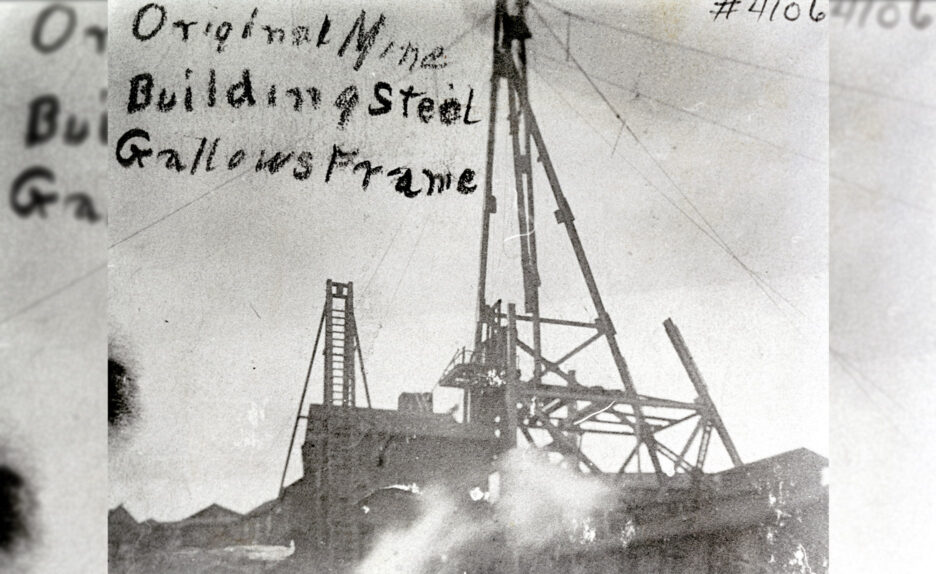
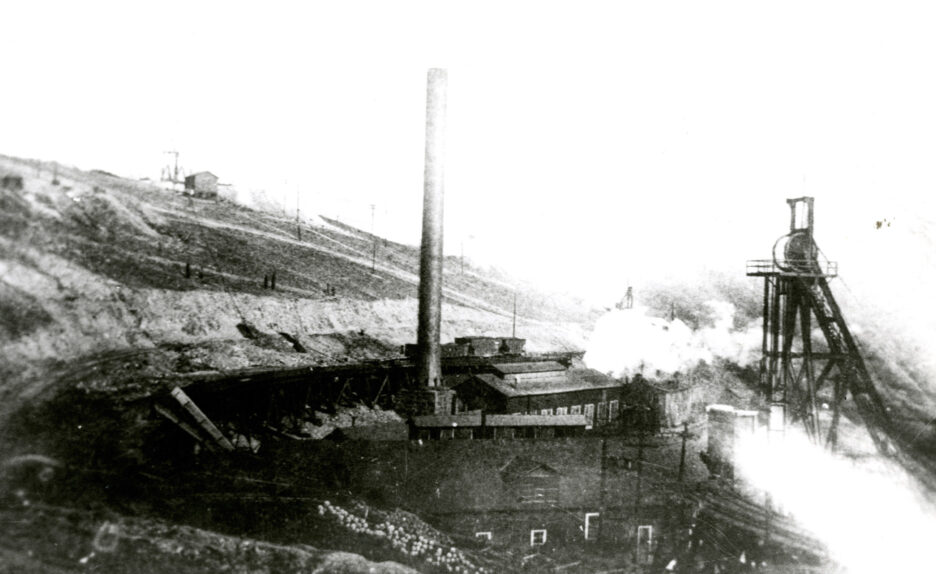
Images courtesy of the World Museum of Mining
Now, the Original illuminates the night as one of the few headframes decorated in red lights. It’s an effort to highlight the remaining bits of Butte heritage that dot our landscape – the headframes that helped us light up the world.
“The Original Mine Yard is now a crown jewel of the city,” said Jon Sesso in the Environmental Protection Agency (EPA) document. A re-imagination of what Butte’s historical assets can become – a symbol of the future.
Much like the transformation of the Original Mine Yard and electricity across the globe, good things take time to craft. Our Original X Rye Whiskey rested for ten years before being released to the public. In honor of raw effort and patience, enjoy it in celebration for weddings, concerts and so much more – or sip it under the Original headframe during the next big event.
I love the legislative process in Montana. For 90 days every other year, representatives of Montana—rural and urban, native and non-native, young and old, all genders, all backgrounds, all career histories—come together to write and revise laws for all Montanans. I don’t always love the outcomes of the work, but I do love the very democratic process.
Headframe has participated in the legislative process since 2011, before our distillery was open, because John was out of work and had time to lobby on behalf of the Montana distiller’s shared interests. At that time there were only a small handful of distillers in Montana and it was easy to build an agenda and go after it. Time has passed and that process has changed quite a bit. It’s gotten much harder in some sessions but this last session was fantastic. And while distilleries, and opinions, in Montana continue to evolve, we all share the ability to come together around shared goals.
Some back story: when Headframe opened our Tasting Room in 2012, we believed we were beholden to the same operating hours as breweries which can serve until 8pm and allow people to consume what they’ve been served until 9pm. After a couple years in operation, we learned we were mistaken about the parity in hours. The distiller’s laws were written in a different section of the code and the associated rules were interpreted differently. All of a sudden, we needed to stop serving early enough to kick our customers out of the Tasting Room by 8pm. It wasn’t a feel-good experience, but laws and rules are written for a reason and I’m a big believer that (most) laws should be followed and if we don’t like them, we should work to change them.
SB 209, a bill introduced and passed this last session, gives distilleries the consumptive hour we thought we’d had all along. Now, customers are allowed to be served until 8pm and enjoy their cocktails in the Tasting Room until 9pm. And, as an added bonus, the bill also increased daily bottle sales from 2 bottles to 6 bottles (more specifically, from 1.75 liters to 4.5 liters per person per day). Senator Greg Hertz from Polson sponsored the bill and Governor Gianforte signed it last week. The Montana Distiller’s Guild and our lobbyist Jen Hensley were instrumental in getting this bill introduced and keeping it alive despite challenges.
12 years ago, it was enough for some scrappy distillers to show up and work on behalf of bills we wanted but time has passed and the landscape changed. Now, showing up with some savvy and some expertise is beneficial. It’s great to have a lobbyist who understands our business and our interests and knows how the process works well enough to navigate the politics on our behalf. It’s also great to have a woman represent our industry in a way that speaks to our shared industry values of job creation, value-added agriculture and economic impact.
Being able to serve until 8pm is wonderful. Being able to sell 6 bottles will be great for tourists and for special release products. And these rules aren’t beneficial only for Headframe but for all distilleries, their customers and communities.
So here’s to a success at the 2023 Montana Legislature. While we may not love all of the change that’s come out of this session, it’s pretty great to celebrate this bipartisan win and the people who came together to get us here.
You can save the world! Actually, we all can, together. Each of our small actions add up to a big impact. Earth Day is Saturday, April 22 and we’ve put together a list of attainable changes you can make for a positive impact.
1. Biking to work or walking around town
The beauty of our landscape is that there is so much to see. Yet, we often zoom by too fast to notice. Biking to work or parking and walking around town is not only energy efficient, but good for our physical and mental health. Why not park your car and walk around while you run your errands rather than driving shop to shop? Or enjoy an afternoon walk on a trail like these ones here in Butte. You might see something you’d have otherwise missed.
2. DOUBLE UP ON ERRANDS
If you drive to work, stop for your errands on your way home instead of heading back out. Making fewer trips may require a bit more planning but in the long run it saves on fuel, reducing CO2 and saving a little extra in your piggy bank.
3. FIND YOUR LOCAL FOOD KITCHEN
If you find yourself buying more than you eat, see what you can donate. We have local food pantries here in Butte that benefit from non perishables and the local food bank who accepts donations of all kinds. Americans throw away 133 billion pounds of food each year – that’s 40% of our food supply.
4. TAKE IT HOME!
Leftovers from a restaurant make awesome lunches or snacks. Have ’em boxed up, and ask for biodegradable packaging instead of plastic.
5. CARRY YOUR CUPS
Did you know that at Headframe we give you a discount for bringing your own cocktail cup when you want a cocktail to go? In fact, many coffee shops and restaurants are happy to fill your personal mug or water bottle at less than normal price for doing your part to help the environment.
6. REUSABLE WATER BOTTLES
I know, I know you probably hear this one all the time but it’s true! Americans toss out 2.5 million plastic bottles EVERY HOUR! This can easily be avoided by being mindful of what and how much you are throwing away. Plus, not to boast, but Silver Bow County provides some of the best drinking water in Montana.
7. GO NAKED!
When picking out things like apples, bananas or other fruits and vegetables, don’t worry about putting them into those little plastic bags. This just creates more work for you and more plastic waste. And if the bag is important, you can bring your own produce bags. Reuse the ones you get from the store or dedicate some of your own for produce.
8. BUY LOCAL
Food that is produced locally means a shorter trip to the store generating less CO2 emissions compared to a long-distance truck, boat or plane. Many things like raspberries and strawberries grow great in Montana, so if you want you can even try growing them yourself and really reduce the CO2 emissions. And you can check out the good work of your local farmers’ market for a great source of locally sourced fruits, veggies and meats.
9. FREEZE INSTEAD OF SPOIL
Fruits and vegetables hold really well in the freezer. In fact, they are good for up to a year and a half if you freeze your produce at the peak of freshness. And those brown bananas in the kitchen? Hello homemade banana bread!
10. STAY NEIGHBORLY
Here in Montana, we know how to have each other’s backs. Why not borrow a tool from a neighbor before running out to buy a new one? Or check out one of our great thrift stores, yard sales or online used marketplaces. You’ll meet new people and be able to cherish those new relationships grown from old things.
11. Ditch single use plastic
Eight states have banned single use plastic bags. They’re damaging to our environment, taking 1000 years to break down into chemicals which continue to create hazards. By keeping reusable bags in your car, you don’t have to worry about forgetting them when you head to the store. Headframe’s Reusable Bags can hold four half gallons of milk and are almost impossible to overfill. They pack away nice and small plus, they’re made from 100% post-consumer recycled content fabric.
Reusable bags or containers for lunches and snacks keep more plastic out of our landfills.
Try to set goals for yourself every week that you can stick to. Maybe keep that reusable bag in your car, or connect with your local farmers to learn about what produce they grow. There are so many ways you can help the Earth while helping, and supporting, your neighbors. We’ve only got one planet and we’ve all got to do our part.

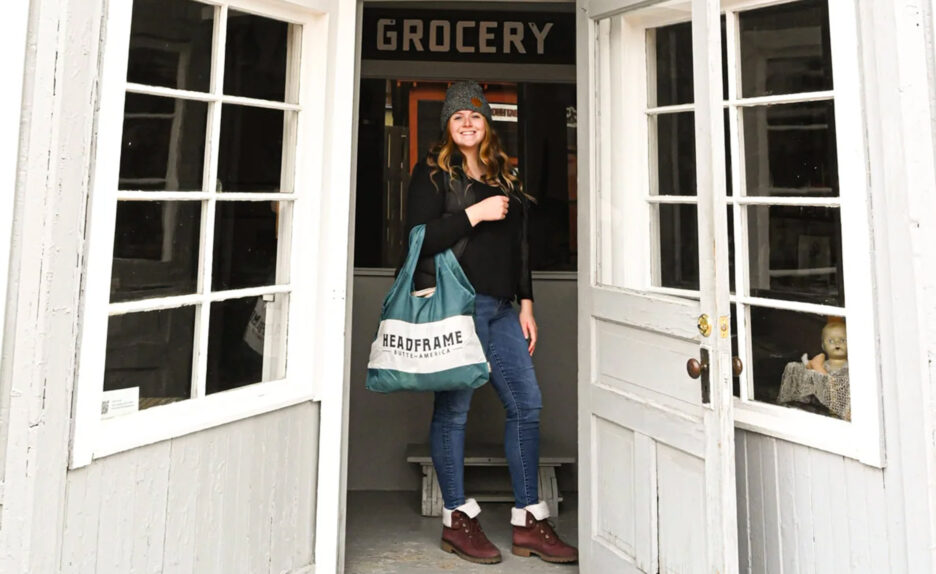
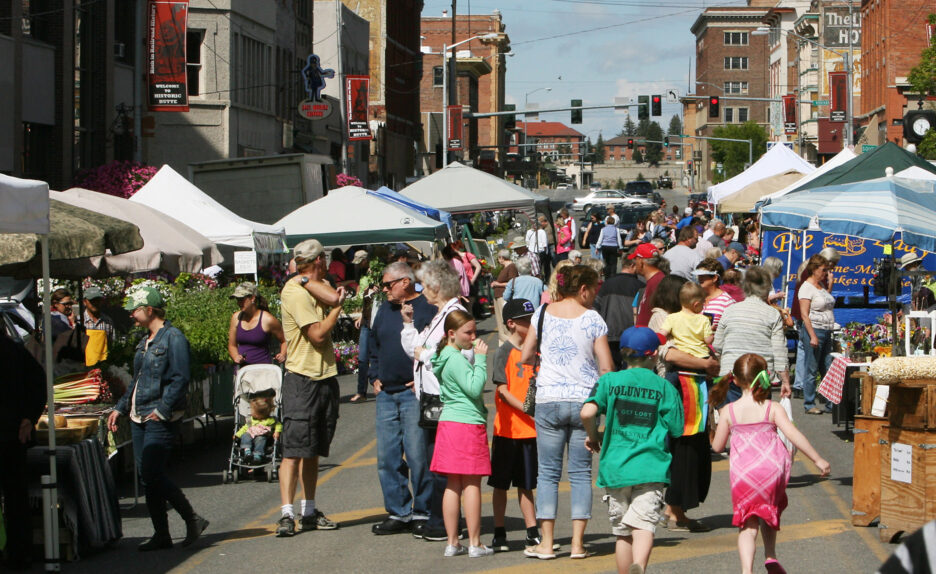
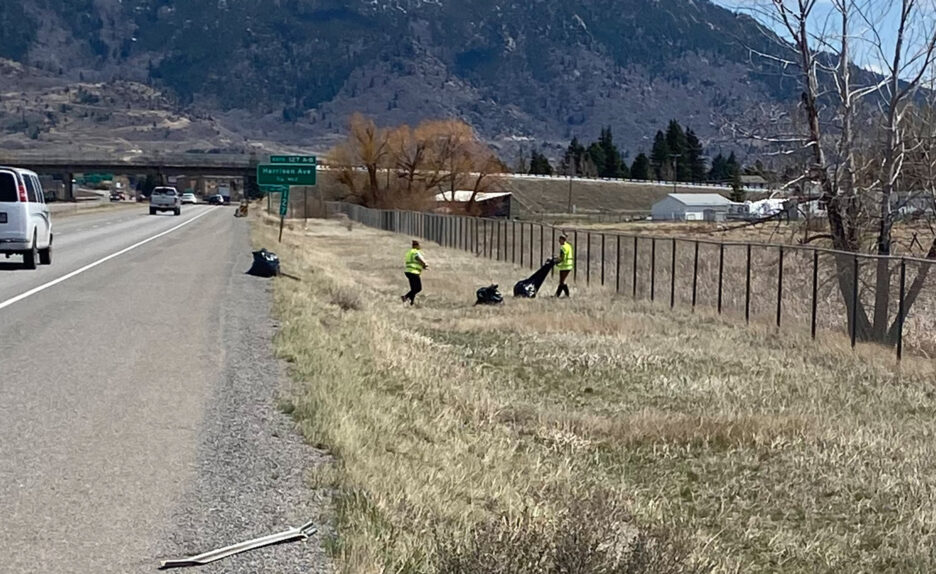
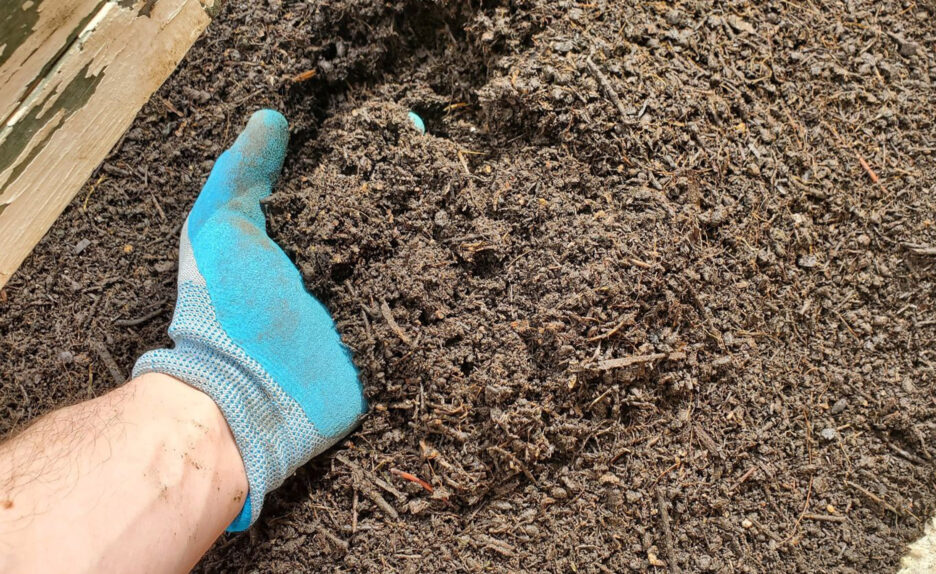
When people thought of Butte in the early 1900s, prior to prohibition, they thought of a, “wide open town,” where sex workers walked to streets, gambling was accepted and alcohol flowed at all hours of the day. But this was only the case for men. Men could publicize and indulge in their vices during broad daylight without concerns over arrest.
Montana’s legislature reinforced this mindset in 1907. A new law banned women from saloons, forcing owners to dismantle spaces designated for female drinkers. “Winerooms–the partitioned areas in which some saloon owners permitted women to drink–were considered incubators of prostitution.”(1)
Carrie Nation–or better known as Hatchet Granny–was a woman of fame, controversy, and temperance, opposing alcohol before prohibition. She was remembered as visiting establishments who served alcohol with a hatchet in hand. In January 1910 she visited Butte for the first time. Records state she would march up Arizona Street to Mercury, giving anti-drinking speeches and pleading with saloons to close.

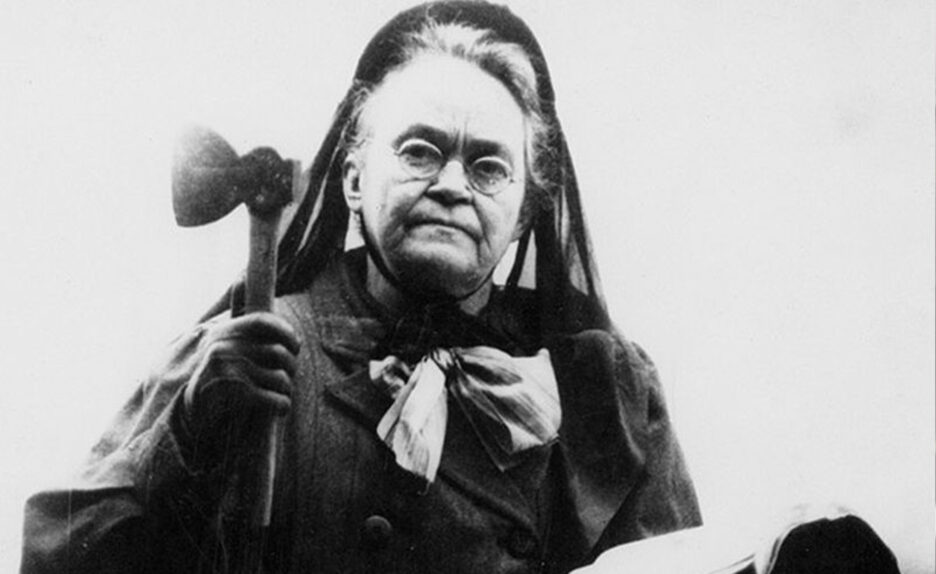
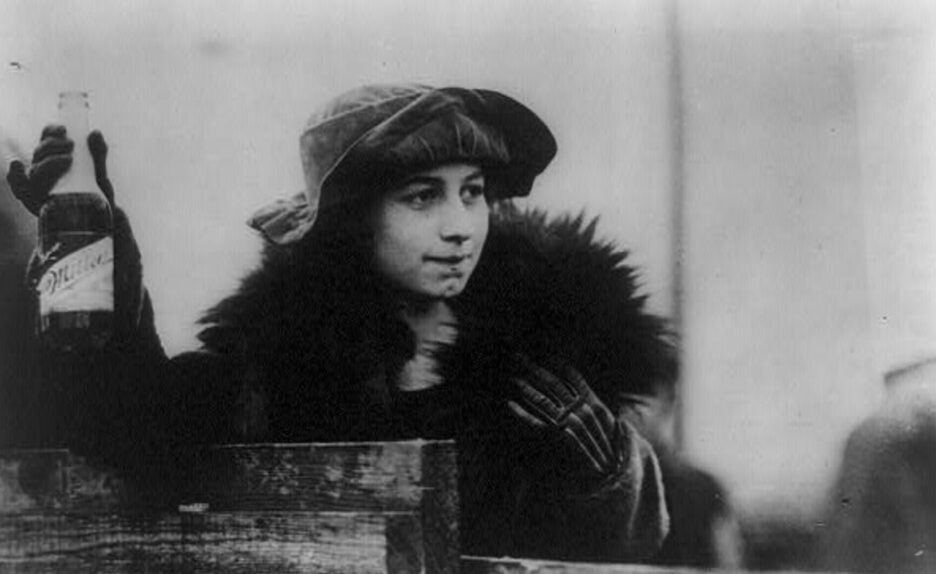
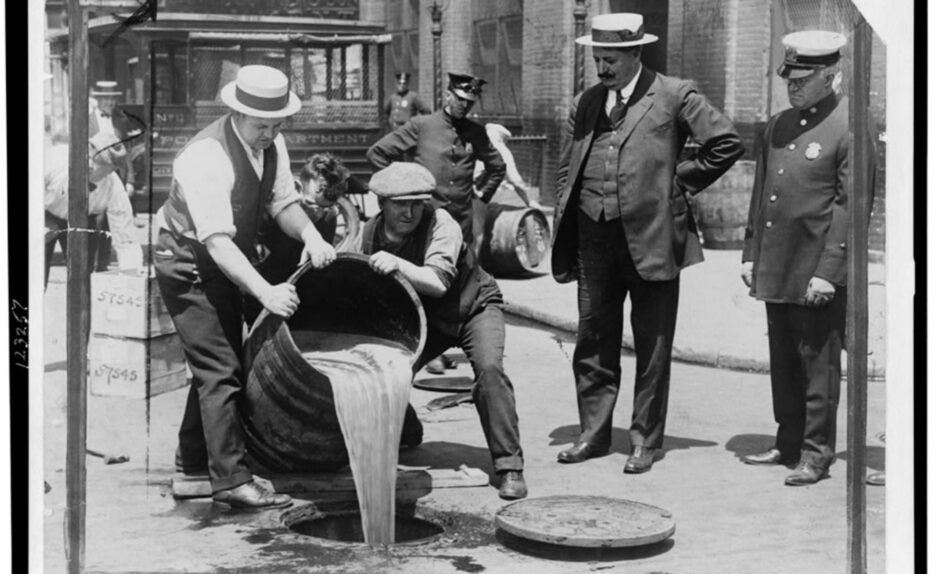
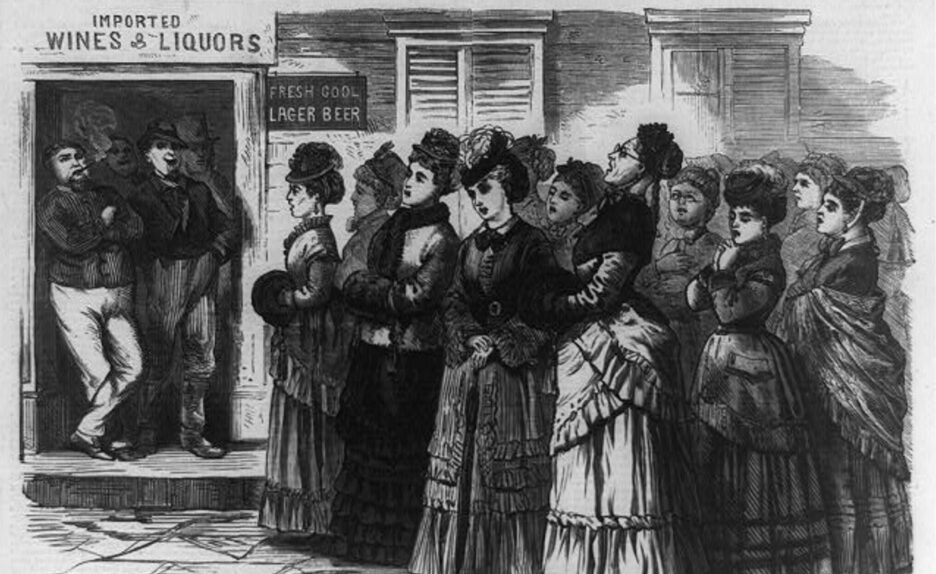
While most of Butte didn’t agree with Hatchet Granny, many other Montanans did. Groups such as the Women’s Christian Temperance Union were able to persuade voters that alcohol was evil. It would take two years after voting, late 1918, for prohibition to begin in Montana–at least on paper. The rest of the nation would follow by going dry at midnight on January 17, 1920.
Butte, an area where prohibition had been adamantly rejected, felt little to no effect. Law enforcement would look the other way and many officers were accepting alcohol as a form of bribery. The economy relied on it and, instead of serving it at the bar, spirits were moved underground, sometimes literally, to speakeasies, out of sight from the public.
And while Prohibition may have created some challenges in communities like Butte, it offered women a chance to revolutionize the distilling industry and forever changed what was considered to be a male-dominated profession. It helped that, if caught, women received little to no punishment and could return right back to distilling.
The concept of women making alcohol was so unheard of at the time that police would look for any reason to charge a man for a crime even when the evidence pointed to a woman perpetrator. In 1922, a Federal Prohibition Officer was driving his car on Nettie St. before it broke down. Going to a neighboring home for assistance, he found Maud Vogen and her mother working a 20-gallon still. Despite being caught in the act, police were convinced it was her husband, Andrew, but investigations showed they had not been living together for some time. When questioned, Andrew denied all knowledge of the still and police were forced to revolutionize their preconceived notions on what women could do.
“In the 1920s judges and juries alike, whose previous contact with female criminals had been almost exclusively with prostitutes, were confounded by gray-haired mothers appearing in their courts on bootlegging charges.”(2)
“In all aspects of the liquor business, women moved into spaces that had once been reserved exclusively for men.” This was the first step in transforming rigid gender roles that had a firm grasp on how women were to act before prohibition. Drinking, “was one of the most gender-segregated activities in the United States.”(1)
To make extra income, and to provide themselves with booze, women took up bootlegging. Hiding their activities from husbands was easy. At this time women were mostly housewives that knew their husbands routines and the areas of the home they would and would not visit. Hiding a still and mash in those areas guaranteed, for most of them, that their husbands would never even notice. Using milk bottles, women hid and moved alcohol to market, sometimes with the help of the local milkmen.
Women were thriving. But, unlike how the Federal Prohibition Officers would claim, it wasn’t just to indulge in personal vices.
Nora Gallagher was a Butte widow with five children. As time passed, money became tighter. Then the idea came–moonshining. She brought a 50 gallon still home and started distilling. When arrested and brought to trial in 1921, she explained she was moonshining to dress her five children in nice clothes for Easter.
Bootlegging became synonymous with independence for women. It gave women an avenue to consider what they were capable of doing, rather than what they were supposed to do.
Drinking during Prohibition became an equal-opportunity vice.

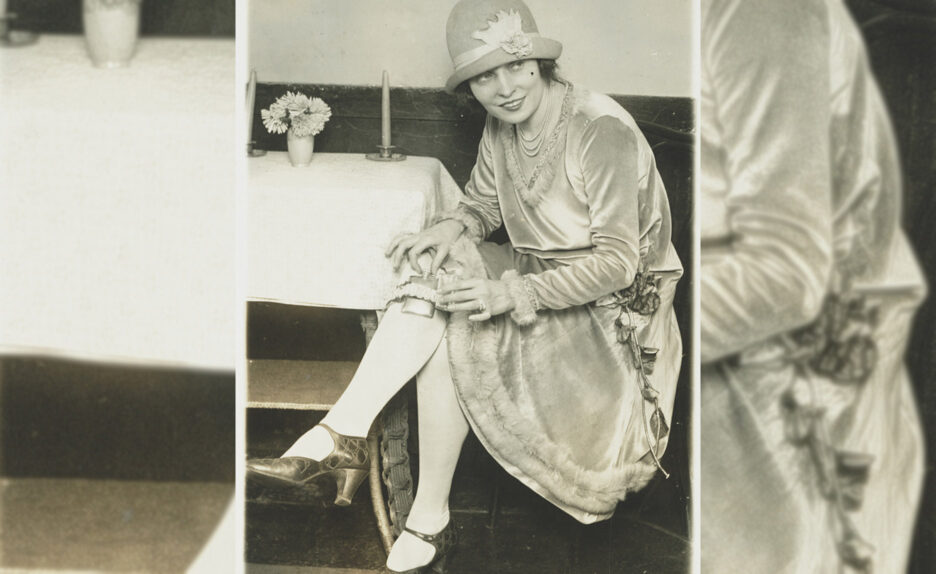
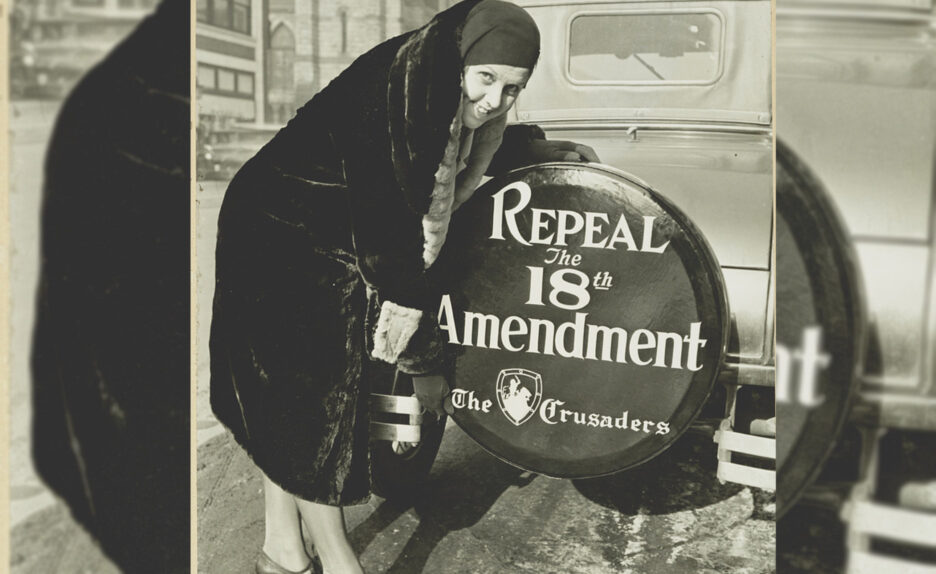
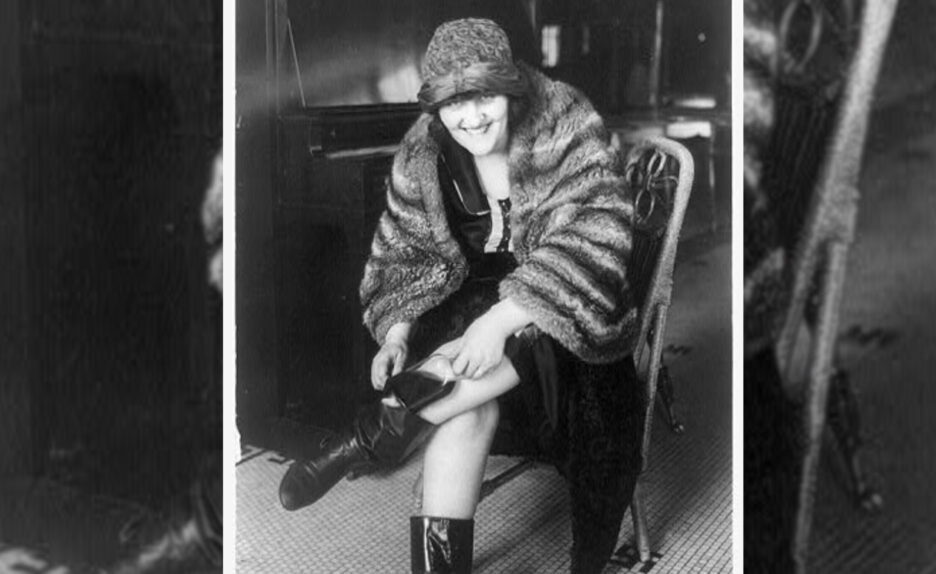
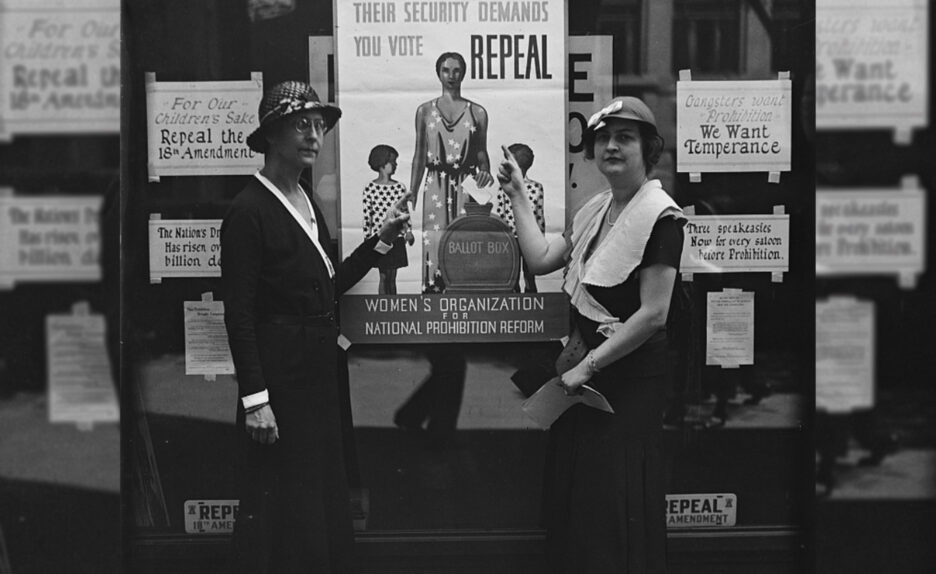
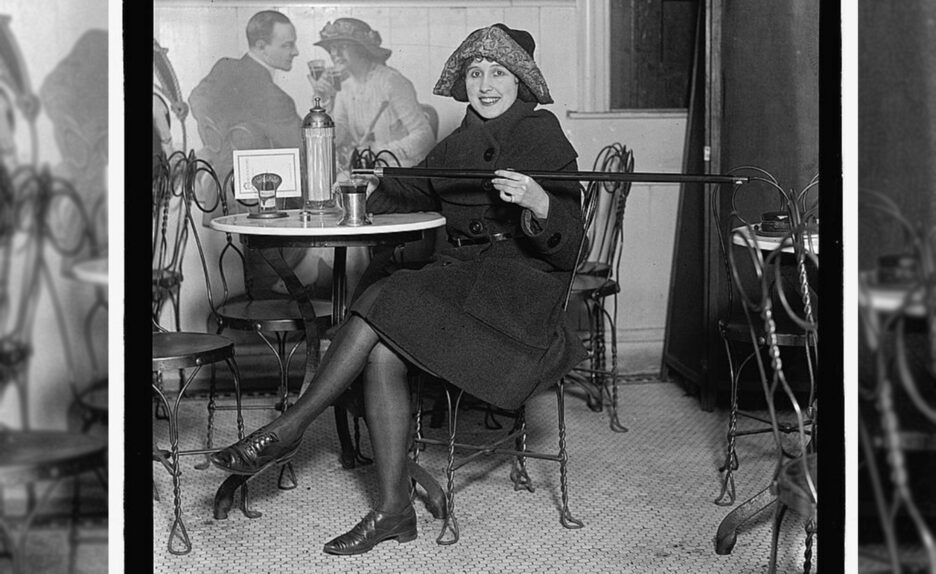
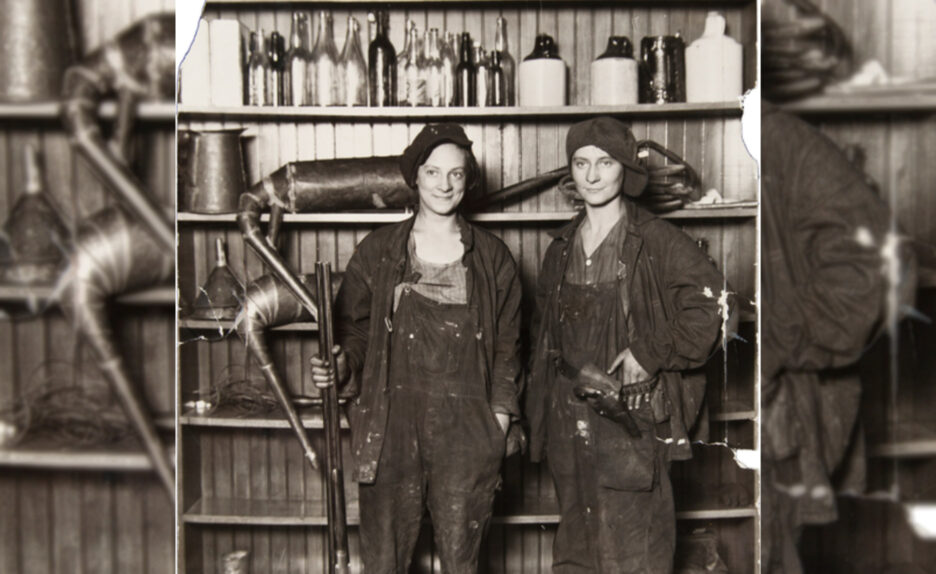
Men were surprised–and put off–to find women bellying up to the speakeasy next to them. The owners, who no longer had gender segregated bars, welcomed everyone with open arms. When you’re already breaking the law, why would it matter who you’re serving to?
Women also ran their own speakeasies, “moonshine joints” or “blind pigs.” Sometimes with their husbands but often on their own, capitalizing on the success of making their hooch and selling it too.
In 1926, Montana was the first state to repeal prohibition–seven years before the nation would repeal it in 1933.
Representatives considered the prohibition experiment a failure. Lost tax revenue, the high cost of policing with little return and an increased percentage of the population who actually started drinking persuaded Montana to repeal prohibition.
“Peer pressure, as well as the lure of the forbidden, was clearly at work. Alma Muentzer Hilemann recalled that none of her girlfriends drank until Prohibition, “then everybody ha[d] to taste and see what it [was].”(1)
Today, this rich, if not quite legal legacy lives on in Butte. From the historic speakeasies to the hidden tunnels and pathways connecting office buildings to bars, Butte hasn’t lost the connection to this element of its past. And it lives on at Headframe, too.
Everyone is welcome to belly up to the bar at Headframe. We are proud of the generations of distillers–both men and women–who came before us and we honor their legacy with our milk bottle inspired custom bottle shape. We honor them with our diverse team of distillers who make, sell and serve the spirits at Headframe. And we honor them by continuing the legacy of distilling in Butte, America.
- Murphy, Mary. “Bootlegging Mothers and Drinking Daughters: Gender and Prohibition in Butte, Montana.” American Quarterly, vol. 46, no. 2, 1994, pp. 174–94
- Murphy, Mary. “Mining Cultures: Men, Women, and Leisure in Butte, 1914-41.” Women, Gender, and Sexuality in American History
In 2023, Headframe will save over 1.4 million gallons of water and we’ll do it without sacrificing product quality. To put that into perspective, that’s over 2 olympic size pools, 5,600 hot tubs or 18,000 bath tubs.
Every day, Headframe looks for innovative ways to increase our sustainability and we’re proud to say we’ve found a big one, thanks to our T85 Production Team Manager, Greg Barnett.
But wait, there’s more!

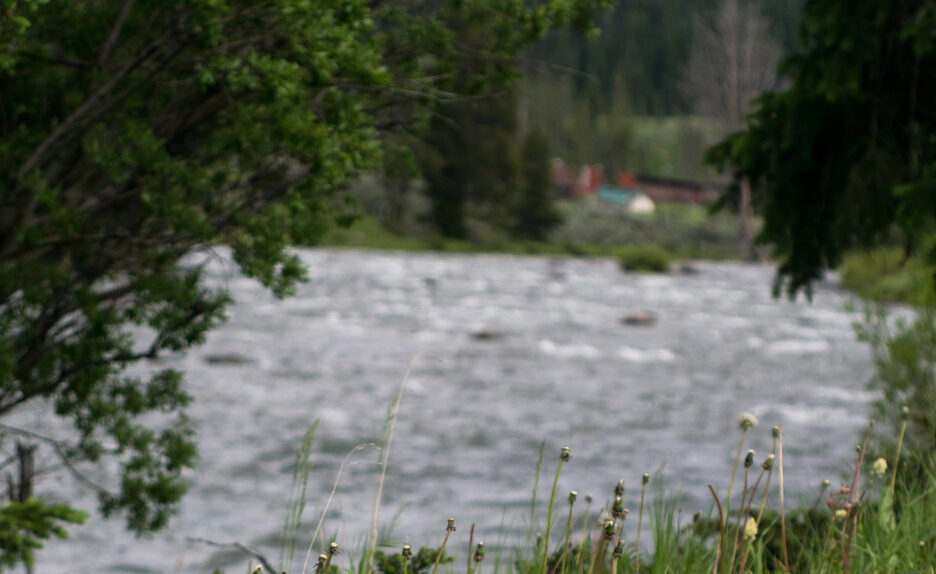
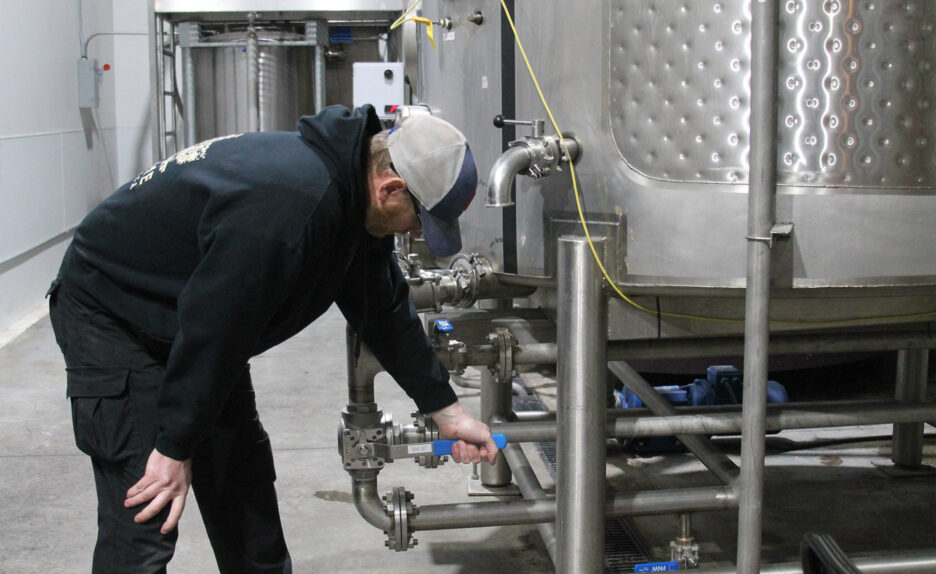
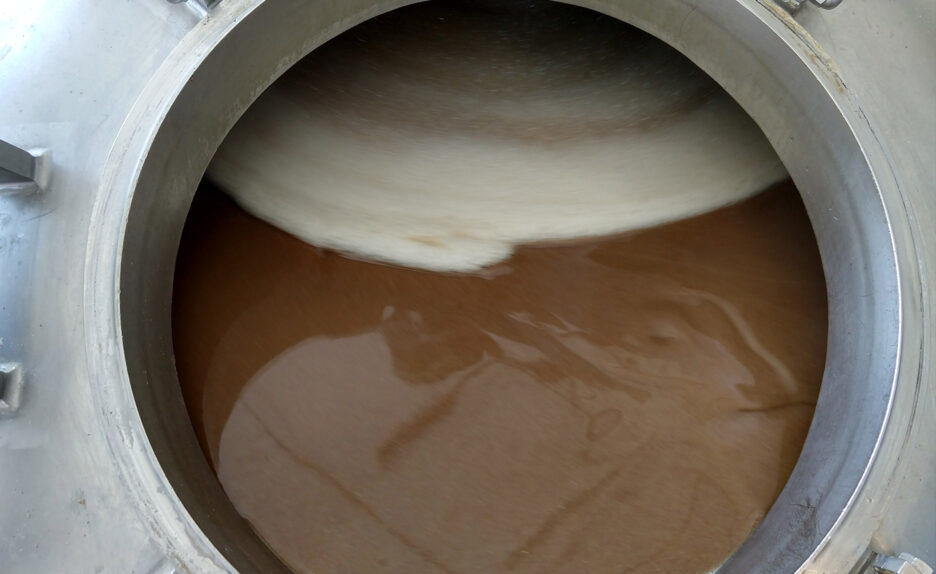
Less water means less energy required to heat the water.
We get our water from the fresh Montana snowmelt and are proud to use it to make our award winning spirits – and we never want to take more than we need.
The water is not ours, it belongs to all the inhabitants of our ecosystem. Headframe is one small part of a giant ecosystem dependent on Earth’s most precious resource.
We work intentionally to be good stewards of our Community with a commitment to always be evolving in alignment with the United Nation’s Sustainable Water Goals.
Thank you for supporting our work.
On Saturday December 10, 2022 I got to give the Commencement speech at Montana Tech. I put a lot of love and effort into speaking and this one meant a lot in many ways. I framed the talk around one of my favorite quotes, by Gary Snyder, “Find your place on the planet, dig in and take responsibility from there.” In many ways I’ve built my life—and we’ve built our business—around this quote.
For me, public speaking is always an opportunity to dig in and practice one of my core values: Courage. Not just to talk about what it means to be courageous, but to practice it, real time. And not just practice it by simply reciting words in front of a group, but by using a talk to be vulnerable. To be honest.
I grew up thinking that badass, amazing people must have been born that way—that they were lucky. I’ve learned instead that badasses are made by our actions and our words. It’s a choice and it takes effort to live our values. I want to always model courage which I think is one of the most badass skills we can bring to the world.
I also love to share the things I don’t think we hear enough of in our lives: that success means being more like ourselves, not more like everyone else. That money isn’t Purpose and that a life full of Purpose will be a life well lived. That we’re capable of more than we could possibly imagine in this moment. I meant these things as I shared them with the students and I mean them for you, right now, in this moment, too.
I’ve made mistakes, I’ve failed at things. That isn’t what defines me. My Values and my sense of Purpose are what defines me. The way I use those things to dig in, to take responsibility, to take action, that’s what defines me. That’s true for each of us, I believe.
I’m honored that Butte, America is my place. That Montana is my place.
I’m also honored that a kid who didn’t graduate high school got to be the Montana Tech commencement speaker. No joke, that was the first time in my life I ever put on a cap and gown.
I wish each of us a clear sense of purpose and the knowledge that we have the power to dig in and take responsibility, whatever that means to us.
To our Grads and to the rest of us, let’s all go forth and be our rad-ass best.